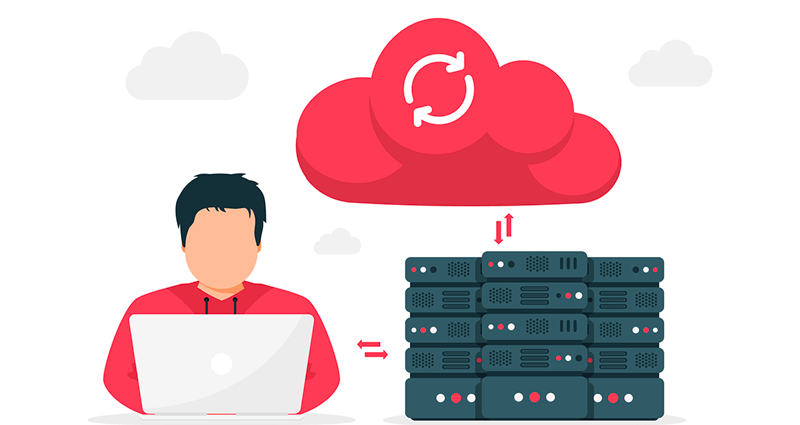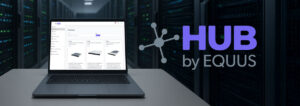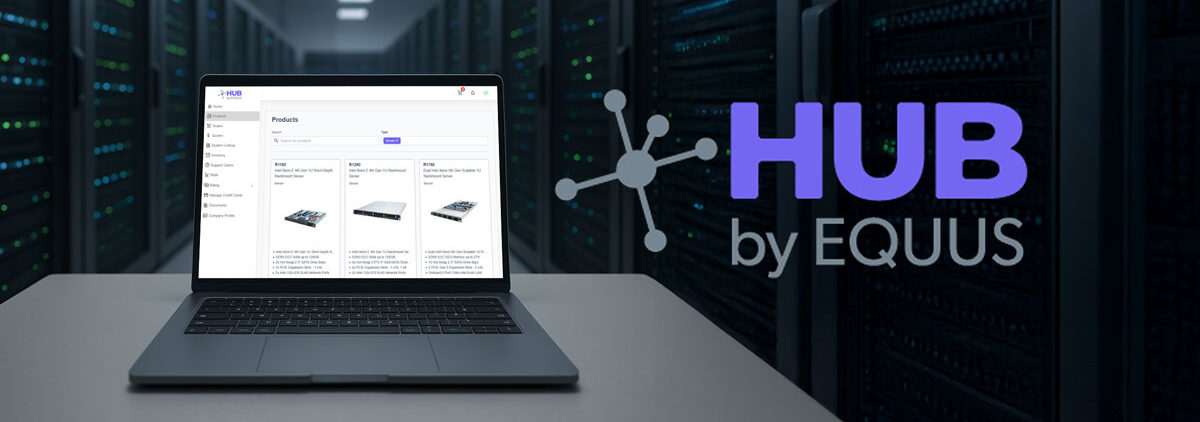The world is growing more data-intensive by the day. The rise of ai-powered chatbots, smart manufacturing facilities, and data analytics tools are all proof of that. But with growth comes the need for expanding data center infrastructure.
Yet, despite their indispensable role in the digital economy, data centers are notorious energy hogs. They account for about 1% of global electricity use, equivalent to the consumption of some large countries.
Reducing power and cooling costs is thus not only an issue of environmental sustainability but also a key factor in improving your bottom line. With this in mind, let’s delve into strategies that can help maximize your data center’s efficiency.
Six Strategies for Maximizing Your Data Center Efficiency
1. Improve Power Usage Effectiveness (PUE)
PUE, a ratio that measures a data center’s energy efficiency, is one key metric you should monitor. To calculate it, divide the total power consumed by the data center by the power consumed by the computing hardware. An ideal PUE is 1.0, but most data centers range from 1.5 to 2.0.
You can reduce PUE in your facility by ensuring performance requirements are well-matched to hardware choices, thus avoiding energy waste on unneeded components. You can also make your facility more energy efficient by using weather shielding paint, green insulation methods, and arranging data centers to avoid hard-to-cool hot spots.
2. Optimize Cooling Strategies
Cooling can account for up to 40% of a data center’s power consumption. To offset this massive expense, many businesses turn to intelligent cooling systems. One such method is “free cooling,” which leverages ambient outside air or water to cool the data center, dramatically reducing the need for air conditioning.
Hot and cold aisle containment strategies can also reduce energy use. By separating hot air exhaust from your cold air supply, you can maximize the efficiency of your cooling system. Additionally, liquid cooling solutions, which use dielectric fluid to absorb heat from the servers, can provide superior cooling capacity and cost savings compared to traditional air cooling.
3. Adopt Server Virtualization

A report by NRDC stated that average on-premise server utilization is only 12-18% of capacity. But there are ways to improve utilization rates and reduce the overall number of servers needed. For example, server virtualization allows organizations to share computing resources widely while allowing users to run multiple operating systems and applications on a single server.
Moreover, by using strategies like composable and hyperconverged infrastructure, IT managers can treat on-premise computing hardware as cloud resources that are available from anywhere — reducing power consumption, cooling requirements, and floor space.
4. Employ Data Center Infrastructure Management (DCIM) Software
The physicist Lord Kelvin is credited with saying, “If you can not measure it, you can not improve it.” To that end, DCIM software provides a holistic view of the data center’s performance, including PUE, temperature, humidity, and energy consumption. These metrics help you identify inefficiencies, predict and manage capacity, and optimize energy use.
For instance, you can compare how cooler and warmer climates impact data center efficiency with granular measurements. You can also visualize how peak usage affects costs. With this data, you may discover which factors are impacting your costs most dramatically — possibly making previously unfeasible investments necessary and valuable.
5. Implement Modular Designs
Another remedy to server usage costs is modular design. Modular data centers come in pre-engineered modules that can be easily added, integrated, or removed as per the business requirements.
Building modular data centers allows you to scale resources up or down easily and enhances energy efficiency by reducing the overprovisioning of hardware. Let’s say that your data center uses 25% more computing power for four months of the year. With the ability to scale down during slow months, you’d reduce costs without reducing capacity — potentially saving thousands in running costs.
6. Explore Renewable Energy Sources
While not always possible, utilizing renewable energy sources such as solar or wind power can significantly reduce a data center’s carbon footprint and energy costs. Investing in renewable energy can also help future-proof your operations against rising energy costs. If you decide to pursue this route, you can look for government programs that help offset the cost of investing in green energy.
Green Has a Double Meaning for the Data Center
Being green in the data center saves your organization a lot of money. If you implement these strategies and strive to foster a culture of energy consciousness among your team, it’s possible to come up with novel ideas that turn your operations into an efficiency powerhouse. Fostering this culture means regular training, discussions about energy use, and even reward systems for energy-saving ideas.
Maximizing data center efficiency is a multi-faceted challenge that requires ongoing attention. However, by combining these strategies and focusing on continuous improvement, IT managers can dramatically reduce power and cooling costs, ultimately driving higher profitability and sustainability. Remember, every kilowatt saved is a step toward a greener, more efficient data center.
Are you interested in optimizing your data center? Learn more by talking to a team member at Equus Compute Solutions.








